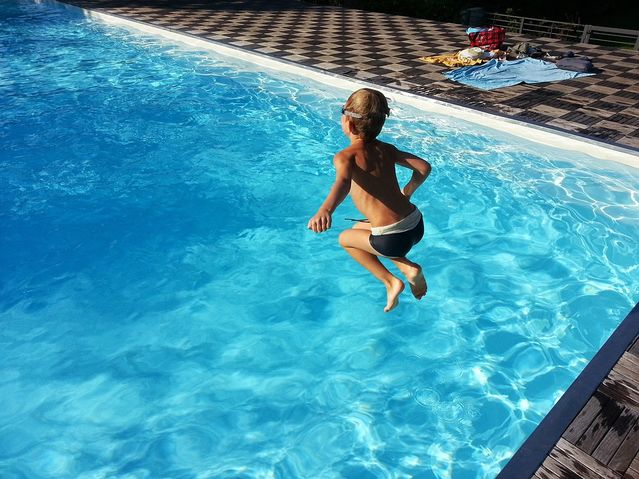Unconscious
How Does "Delayed Drowning" Happen?
Although it's rare, people can drown hours or days after being out of the water.
Posted June 15, 2017

Each year as summer rolls around, accounts of children "drowning" days after being in water begin creeping into the news.
Just last week, we heard the story of Frankie Delgado, a 4-year-old Texas boy who died a week after a wave knocked him over. Although Frankie appeared to be fine the rest of the day, he began feeling ill the following night.
So what exactly is "secondary drowning"?
Although a relatively rare occurrence compared to "wet drowning" — which causes roughly 10 deaths each day in the U.S. — instances of secondary or "delayed" drowning, occurring hours or even days after being in water, have been on the rise as doctors have become better at identifying it.
When we breathe normally, contraction of the diaphragm muscle allows the lungs to expand, which draws air inward, like a vacuum.

When water is accidentally inhaled, the larynx in the upper airway spasms. This causes the airway to seal shut, but the vacuum still occurs. As the person struggles to breathe more deeply to open the airway, the vacuum becomes stronger. This mechanism is called dry drowning, and this alone can be a cause of death.
The combination of lack of oxygen and too much carbon dioxide can eventually cause the person to become unconscious, which relaxes the laryngospasm and allows water to enter the lungs in what we call wet drowning. (Note that, unlike what you see in the movies, a person drowning cannot call for help.)
However, in secondary drowning, a small intake of water can cause laryngospasms and choking, but does not completely close the airway. The person can appear completely fine. As time passes, however, the inhaled water irritates the lungs, causing inflammation, swelling, and excess fluids to fill the lungs (or "edema"). Progressively, this results in lack of oxygen, blood acidosis (due to inability to rid the body of carbon dioxide), lowered heart rate, and cardiac arrest.
In essence, instead of the person drowning in a lake or backyard pool, the individual drowns from their own bodily fluids.
Again, secondary drowning is a very rare occurrence, but precautions should be taken to prevent death. If you observe that the child struggles to breathe, or is using "extra" muscles to bring oxygen into their lungs, take them to the emergency room. Other common symptoms include coughing several hours after being in the water, despite not being sick. Fever or vomiting, as seen in case of Frankie, can indicate a bacterial infection caused by water in the lungs.


